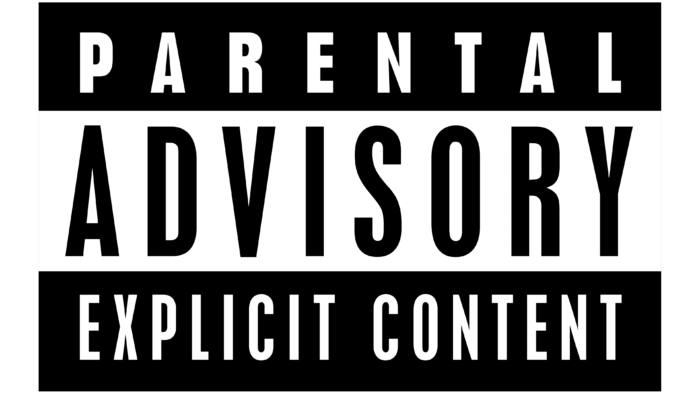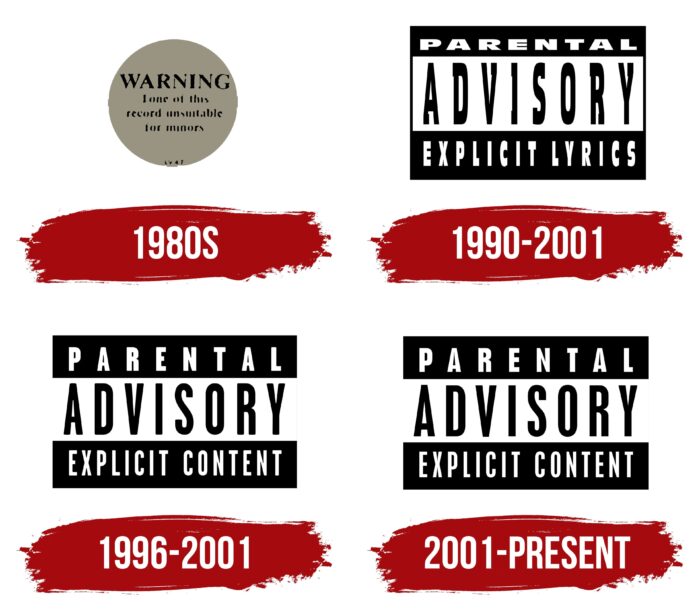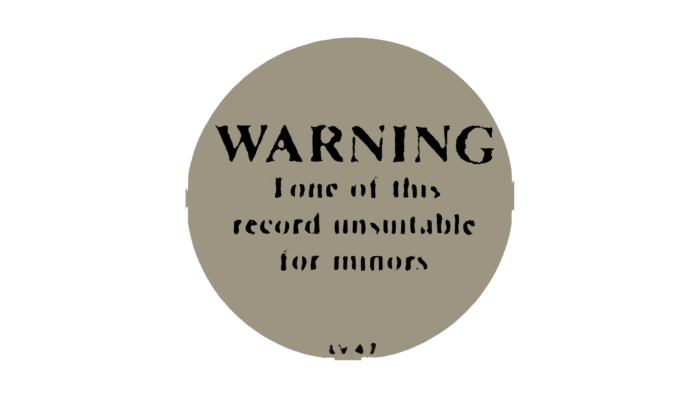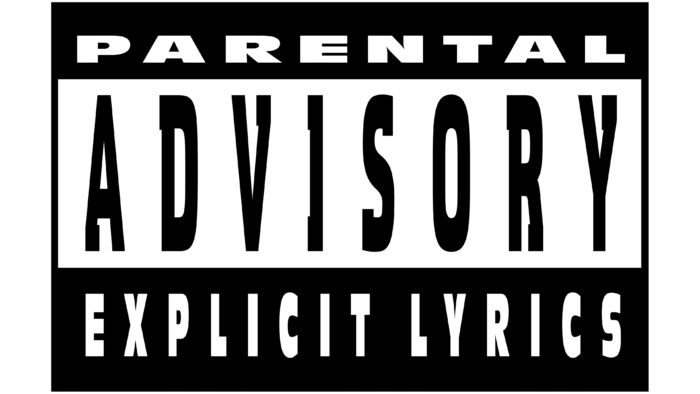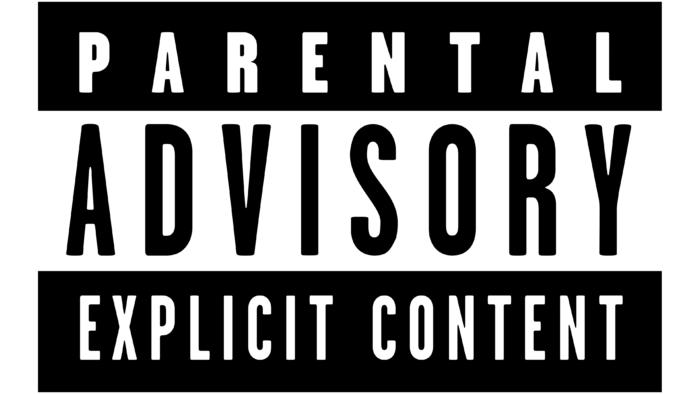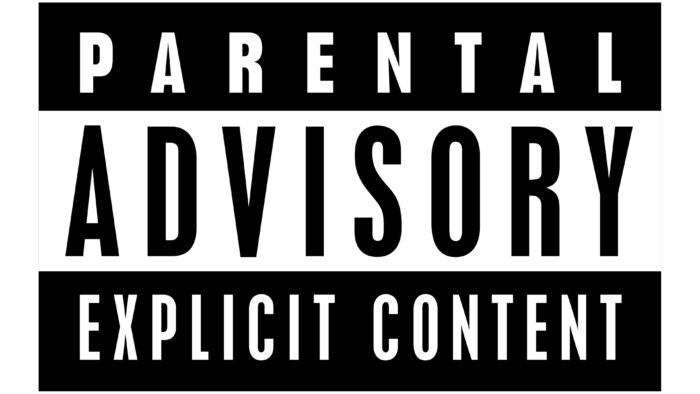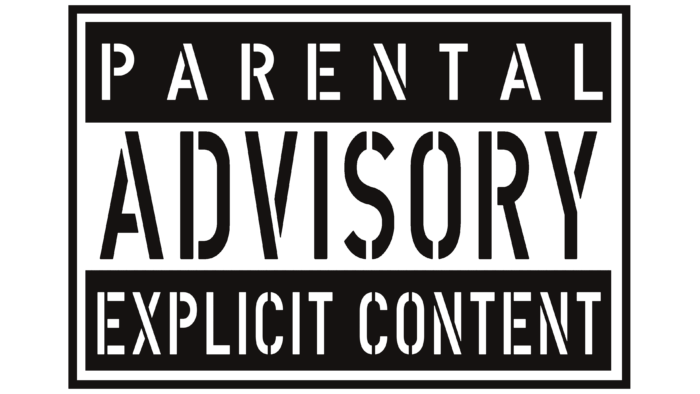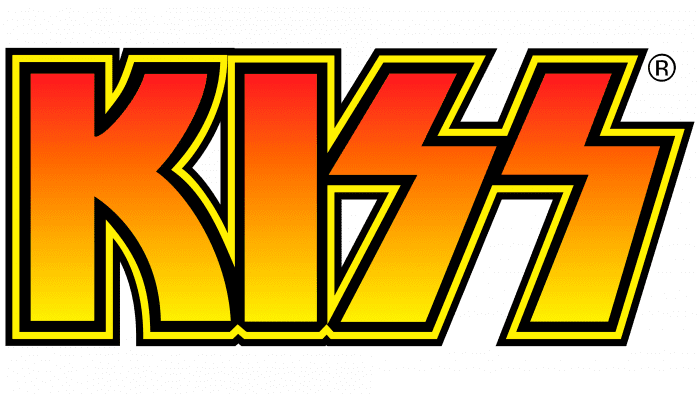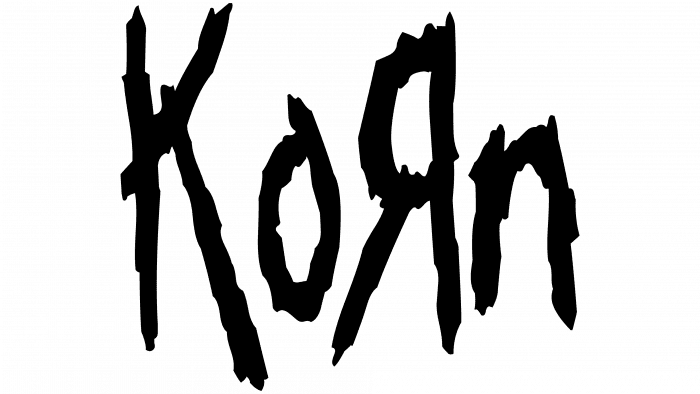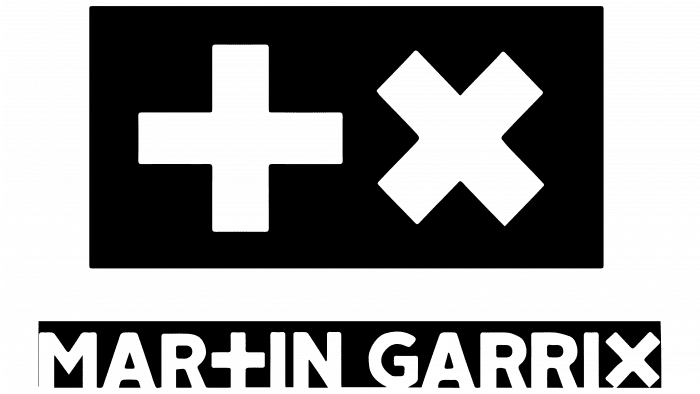The Parental Advisory logo is used at the request of recording studios to label content with unwanted or unsafe content. With this label, adults can limit children’s access to it. Organizations are looking out for their younger generation this way.
Parental Advisory: Brand overview
| Founded: | 1985 |
| Founder: | Recording Industry Association of America (RIAA) |
| Headquarters: | United States |
Meaning and History
PAL Mark might never have come into existence if a certain Mary Elisabeth “Tipper” Gore hadn’t bought her daughter the Purple Rain record by singer and guitar virtuoso Prince, one of the most successful albums in the history of the music industry. To her dismay, there was a vulgar introductory verse, and all the songs, oddly enough, were dedicated to the movie Purple Rain with a spicy plot.
The wife of the future vice president of the United States was distinguished by puritanical views and decided to team up with other influential women to ban such music. She took advantage of her husband’s status and founded the Parents Music Resource Center (PMRC). Politicians’ spouses from Washington joined her, so they were called “Weissguy” Weiss behind their backs. Together they came up with rating codes for labeling albums and highlighted the top of the worst, in their opinion, songs. The list of “perverted” music included the work of Def Leppard, AC / DC, Twisted Sister, Prince, and Madonna. In addition, the parents demanded that the RIAA not enter into contracts with musicians who behave inappropriately on stage.
But the initiative of “Weissguy” Weiss was ignored. Much to Gore’s dismay, neither the RIAA executives nor the 62 record labels responded to the letters they received. She again used her husband’s connections and ensured that the issue of concern to her was considered in the United States Congress, although not even six months had passed since the founding of the PMRC. The hearings were attended by musicians who were skeptical of the desire to judge songs by their lyrics. After all, as you know, works of art carry a hidden meaning, and it is not always obvious. On the prosecution side, in addition to “Weissguy” Weiss, was a Christian television host, the mayor of Atlanta, and a music professor.
Arguing in defense of freedom of speech, bard John Denver said that his song Rocky Mountain High is not about drugs, as everyone for some reason thinks, but about the beauty of the mountains. The leader of the Twisted Sister, in turn, advised children not to buy albums with a pentagram on the cover and with frank names. And, of course, listen to the records yourself before turning them on to your child. Despite the logical arguments of the musicians, representatives of the PMRC won. Thus was born PAL Mark, which gradually evolved and became a black and white label with the inscription “PARENTAL ADVISORY EXPLICIT CONTENT.”
1980s
Under pressure from the PMRC, the RIAA agreed to mark music inappropriate for children with a special sign. She started doing this in November 1985. The warning label was not regulated, and its contents changed all the time. One of the options looked like a round sticker that said “WARNING Tone of this record unsuitable for minors.” Because the first word was meant to grab attention, it was bolded in the upper case. This symbol “adorned” the cover of the Prince single.
As it turned out later, the marking was applied haphazardly. She could be given an album just for the title, as happened with Jazz from Hell. When stores began to warn customers about the “non-childish” content of the songs from this collection, composer Frank Zappa concluded that no one was listening to him at all. After all, there was only instrumental music without words in Jazz from Hell. And in the text Under the Blade by Twisted Sister, representatives of the PMRC discerned a hint of rape, although it sang about the operation that the drummer suffered.
1990 – 2001
In 1990, a unified Parental Advisory logo appeared. Recording studio executives took care of its creation when they were required to stick yellow labels on albums warning that sadomasochism, bestiality, and incest could be mentioned in songs. This happened after conservative parents complained that the old badge was hard to see. To avoid restrictive actions, representatives of the music industry had to develop the design of the PAL Mark themselves.
This is how the well-known black and white rectangle appeared in three fragments. In the narrow upper part was the inscription “PARENTAL.” In a wide white rectangle, a little lower was the word ADVISORY. A separate line at the very bottom was occupied by the phrase “EXPLICIT LYRICS.” Colors alternated, with black text on a white background in the center and vice versa around the edges.
The standardized half-inch-by-inch label debuted in the summer of 1990. The first album to receive parental distrust was Banned in the U.S.A. hip-hop group 2 Live Crew. It was branded with the Parental Advisory logo because it contained offensive language against Sheriff Nicholas G. Navarro, who had the musicians arrested because of allegedly “obscene” songs on the As Nasty as They Wanna Be compilation. By the way, the court subsequently canceled the decision on their obscenity.
1996 – 2001
The debate over the labeling of non-children’s music continued. Hearings at the United States Congress were held several more times because “Weissguy” Weiss wanted to tighten the requirements for the use of PAL Mark. After another debate in 1996, it was decided to change the label’s contents and print it directly on the album covers.
The two thin black stripes on the sides of the rectangle disappeared, and EXPLICIT CONTENT appeared in place of the phrase “EXPLICIT LYRICS.” The old disproportionate font has been replaced with the grotesque Garage Gothic. The creator of the new version of the Parental Advisory logo is designer Neal Ashby.
2001 – today
In 2001, Universal Music Group began using PAL Mark with an improved font. Intra-letter gaps in the words “PARENTAL” and “EXPLICIT” were slightly expanded. All horizontal strokes at “E” became equal in size.
Parental Advisory: Interesting Facts
The Parental Advisory label is something many music fans know. It warns that music may have explicit content unsuitable for kids. This system started in the 1980s and plays a big role in regulating and discussing music.
- Start in the 1980s: The Recording Industry Association of America (RIAA) created the label in 1985 because parents and groups were worried about explicit music lyrics, especially in rock, hip-hop, and pop.
- Tipper Gore’s Role: Tipper Gore, married to then-Senator Al Gore, pushed for this after hearing explicit lyrics in a Prince song. She helped start the Parents Music Resource Center (PMRC), which wanted music to have ratings like movies do.
- Senate Hearings: In 1985, the U.S. Senate held hearings about music labeling. Musicians like Dee Snider, John Denver, and Frank Zappa spoke against what they saw as censorship.
- First Album with the Label: The first album to have this label was “As Nasty As They Wanna Be” by 2 Live Crew in 1989. This album sparked debates on obscenity and freedom of expression.
- Label Design: In 1990, the RIAA created a standard label design. This design is used in albums, videos, and online music to show explicit content.
- Online Music: The label changed as digital music and streaming grew. Services like Spotify and Apple Music use the label, letting users filter explicit content.
- Use in Other Countries: The label started in the U.S., but other countries use it too, though rules can vary.
- Criticism and Debate: Some see the label as censorship, limiting artists’ ability to tackle complex themes. Others think it makes explicit content more appealing to young people.
- Voluntary Use: The label isn’t enforced by law. Artists and record labels choose to use it. Some stores might not sell albums with the label, and some broadcasters might limit playing explicit content.
- Evolving Role: The label has gone from a censorship symbol to sometimes a marketing tool. It’s sparked discussions on expression, artist responsibility, and parental monitoring of media.
The Parental Advisory label is a key part of music culture, showing the ongoing conversation about content, creativity, and responsibility in the music industry.
Font and Colors
The Parental Advisory badge is so popular that it even appears on the cover of pirated music CDs. It is not mandatory to use this emblem, but it has become a means of attracting attention for many groups. At first, everyone was afraid that the markings would scare away listeners. But then it turned out that the demand for albums with PAL Mark has increased dramatically among teenagers.
In pursuit of marketing profit, the musicians began to add obscene words to the songs only in order to get the coveted sticker. Children were eager to buy albums with the words “PARENTAL ADVISORY” because they looked cool in the eyes of their peers.
The logo uses sans-serif fonts from the Placard Condensed family. Their developer is Monotype Studio. Rectangles and inscriptions are painted in two neutral colors: black and white. This combination is best seen on the colorful covers of music albums.
Parental Advisory color codes
| Black | Hex color: | #000000 |
|---|---|---|
| RGB: | 0 0 0 | |
| CMYK: | 0 0 0 100 | |
| Pantone: | PMS Process Black C |
